AD-
Even though Denver boasts more than 70 art galleries in brick-and-mortar settings, the current trend sees many of them moving the majority of their sales to the digital world. It might seem counterintuitive to purchase original and high-quality art online — how many of us can count times that online purchases have arrived at our home looking only remotely like the image on our screens? But the truth is that, much like any other industry, the art world is adjusting to a global demand, realized through our digital connections.
What this means for Denver is complicated. On one hand, Denver artists who are represented by local galleries are seeing an increase in national and even international collecting of their artwork. And we have enough interest in our art scene to garner enough business to keep nearly 100 art galleries operating. On the other hand, Denver art is largely leaving the city to find homes with those out-of-state or country collectors.
–
READ: The Definitive Guide to Denver Art Galleries
–
Though there is a steady and well-represented trend to move art sales online, there are varying opinions about what this will do to the art scene and market. In order to explain these views in more detail, we’ve split up the discussion into three sections: entirely online sales, a mixture of online and in-gallery sales and galleries that only exist as a physical place to purchase or peruse art. The opinion that survives in Denver, regardless of how a gallerist chooses to sell art, is that physical art galleries won’t be going away any time soon, even if their in-person sales diminish.
Only In-Gallery Art Sales – The Importance of Experience
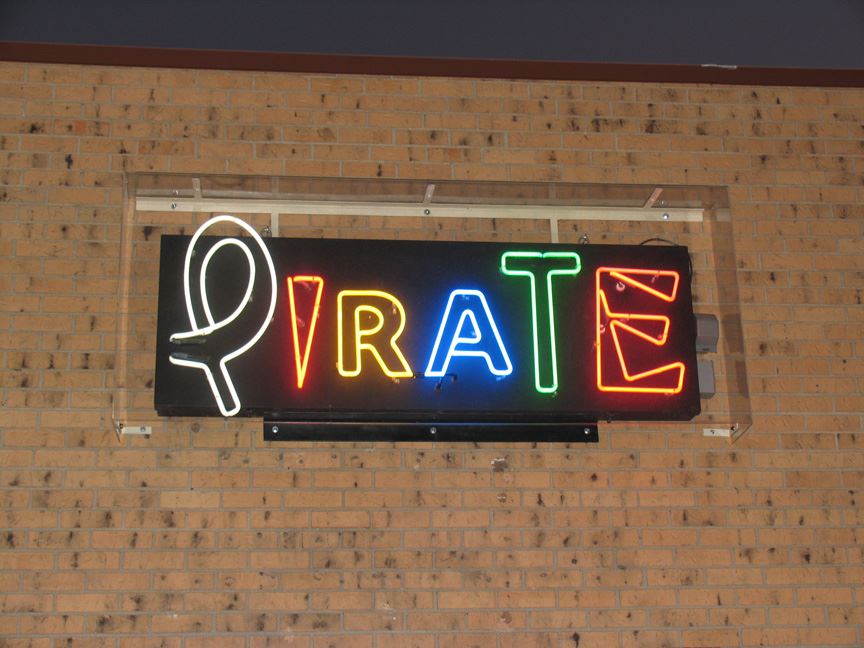
Selling art exclusively in-house is undeniably the traditional way to do this line of work. Gallerists, curators and even daytime employees or volunteers are knowledgeable about the artists and their techniques, or in some cases, all of those jobs are done by the artist themselves. There can be a personal touch with these galleries, though some would also argue that art galleries overwhelmingly lack personability, and therefore may be leading the charge for online art purchasing.
Regardless of how one might feel about walking into an art gallery, these establishments are instrumental in moving the conversation about art forward, as well as supporting local artists. Depending on their extracurricular work, many art galleries become a staple within a specific neighborhood, providing a gathering place for creatives of all types.
One such gallery that achieved that kind of reputation in its old location and now in its new one is Pirate Contemporary Art. Pirate used to rent a space in Denver’s Navajo Art District — for 35 years — before rising rent prices forced the gallery to move to a more affordable place, Lakewood. Even though the gallery still survives and thrives in today’s digital climate, they do not sell art online.
–
READ: One of Denver’s Oldest Galleries Sets Sail this Weekend
–
Craig Robb, one of the full-time artist members at Pirate, commented about their decision to sell only in-gallery, “our website is geared towards promoting Pirate and the events we hold. We do have a section [online] showcasing our artists and provide links to their sites. We have talked about having an online store but the logistics of maintaining one are problematic for an artists run co-op. I believe that all galleries need to have an online presence whether it is purely promotional or it is for sales. Galleries should promote their artist by any means available.”
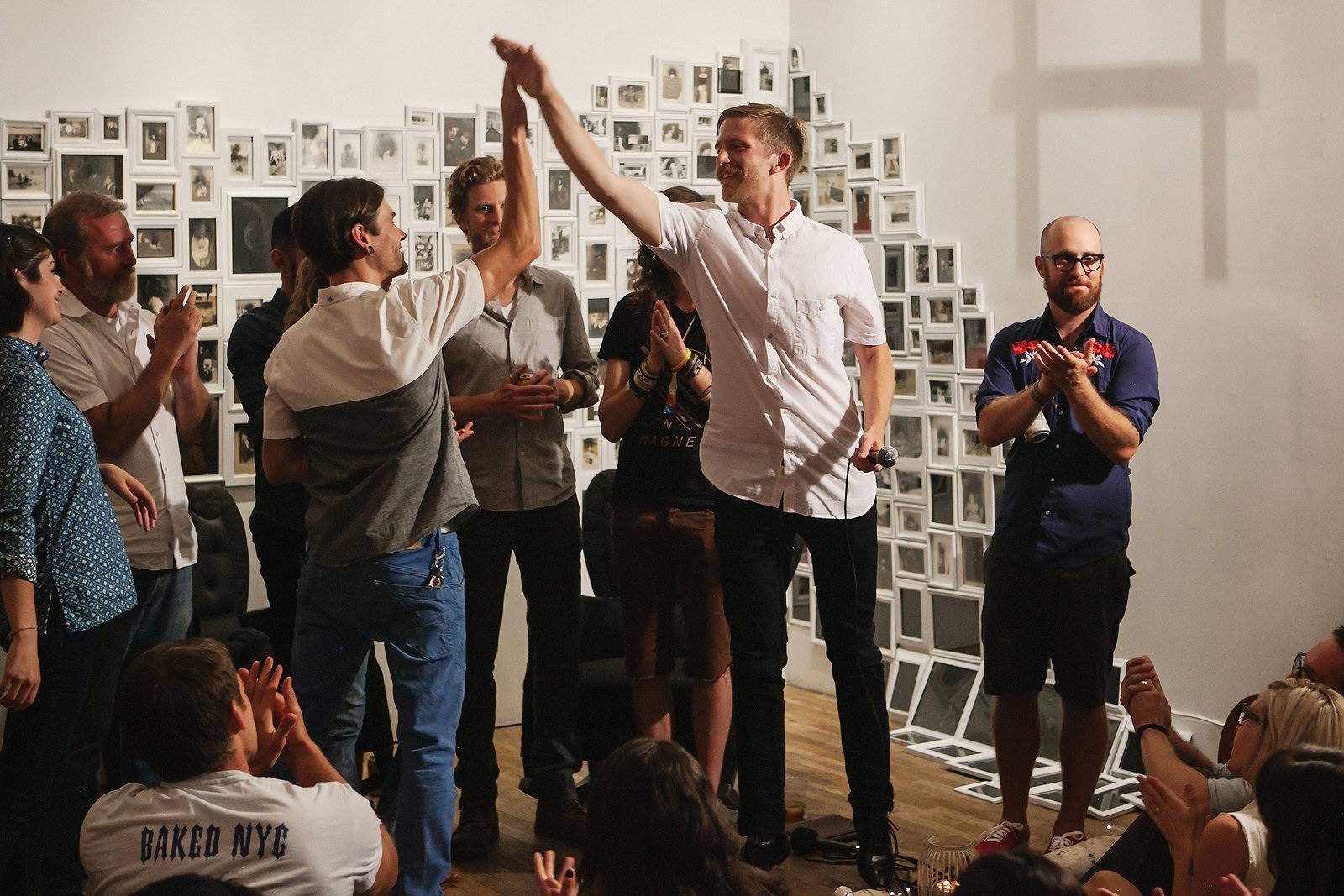
Other galleries in Denver that don’t have direct online sales often focus more on increasing visibility for artists or producing artistic events. Leon, for instance, uses its limited resources to host events that feature all kinds of artistic mediums — poetry, performance, comedy and music, to name a few.
Laura Krudener, the founder of the relatively new ATC DEN in RiNo commented about her decision to stay out of the virtual marketplace for now, “as a new gallery, we do not yet sell online but are currently looking into expanding into this market. We have heard some great success stories with Artsy and look forward to joining their community of galleries.” Much like Leon, however, ATC DEN emphasizes their space as an event venue as well as a visual art gallery.
This kind of response is characteristic of the overall trend of art galleries, not only in Denver but worldwide — to promote their artists online.
Online and In-Gallery Art Sales – The New Norm
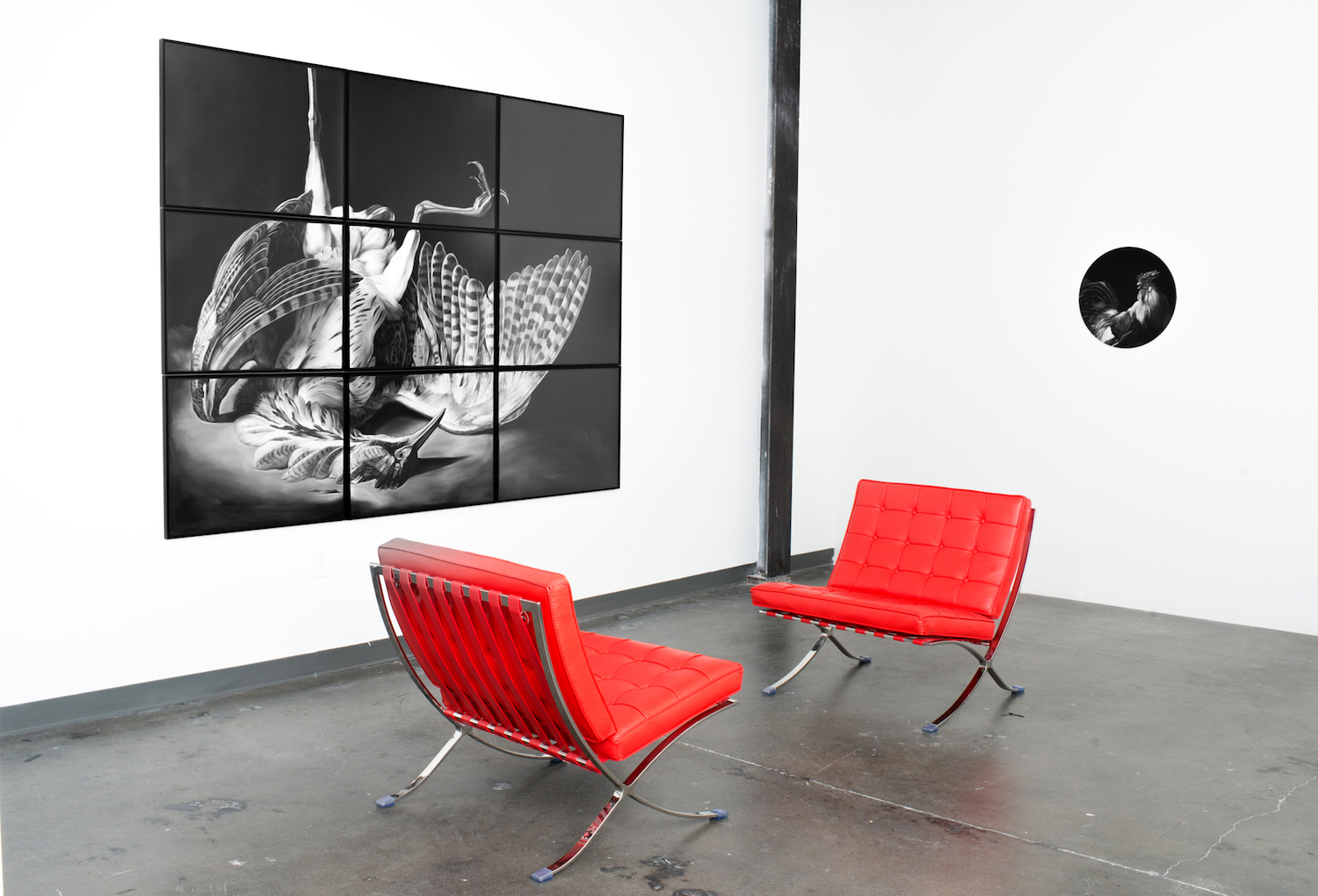
This hybrid version populates the art market most heavily. Without needing to analyze it too much, it makes sense that most galleries choose to have their hands in both baskets — not only does it foster a local market, it allows gallery owners and artists to tap into a national and even international market.
–
READ: How Denver Artists are Honing Their Craft in France
–
One of the interesting points to note about this category is when brick-and-mortar galleries sell the majority of their stock online. The majority sometimes approaching or surpassing 70 percent of total art sales. This can open up galleries to having more cutting-edge work or other nontraditional gallery events without the worry of selling all the art during the reception or exhibition viewing. Instead, viewers appreciate installations, exhibits and events and then go home and contemplate whether they want to purchase something from that artist.
In the case of Visions West Contemporary — with four different locations in Denver, Bozeman, Livingston and Jackson Hole — having an online marketplace for their artists gives collectors a complete selection without having to travel to each gallery separately. Previous visitors to one of their galleries are often future clients online and social media platforms like Instagram direct traffic to them as well. But without their physical displays, the online referrals may not exist for serious collectors.
Nathan Larramendy of Visions West in Denver and Jackson Hole commented, “I do not think the traditional ‘white box’ gallery will change because artists, gallerists, and collectors love seeing a comprehensive body of well-curated work. The exhibitions in the ‘traditional art gallery’ fuel the online sales. Despite the fact that Visions West Contemporary collectors do not get to see all of our exhibitions in person, they do want to know that the artists are conceptualizing and producing well thought out bodies of work.”
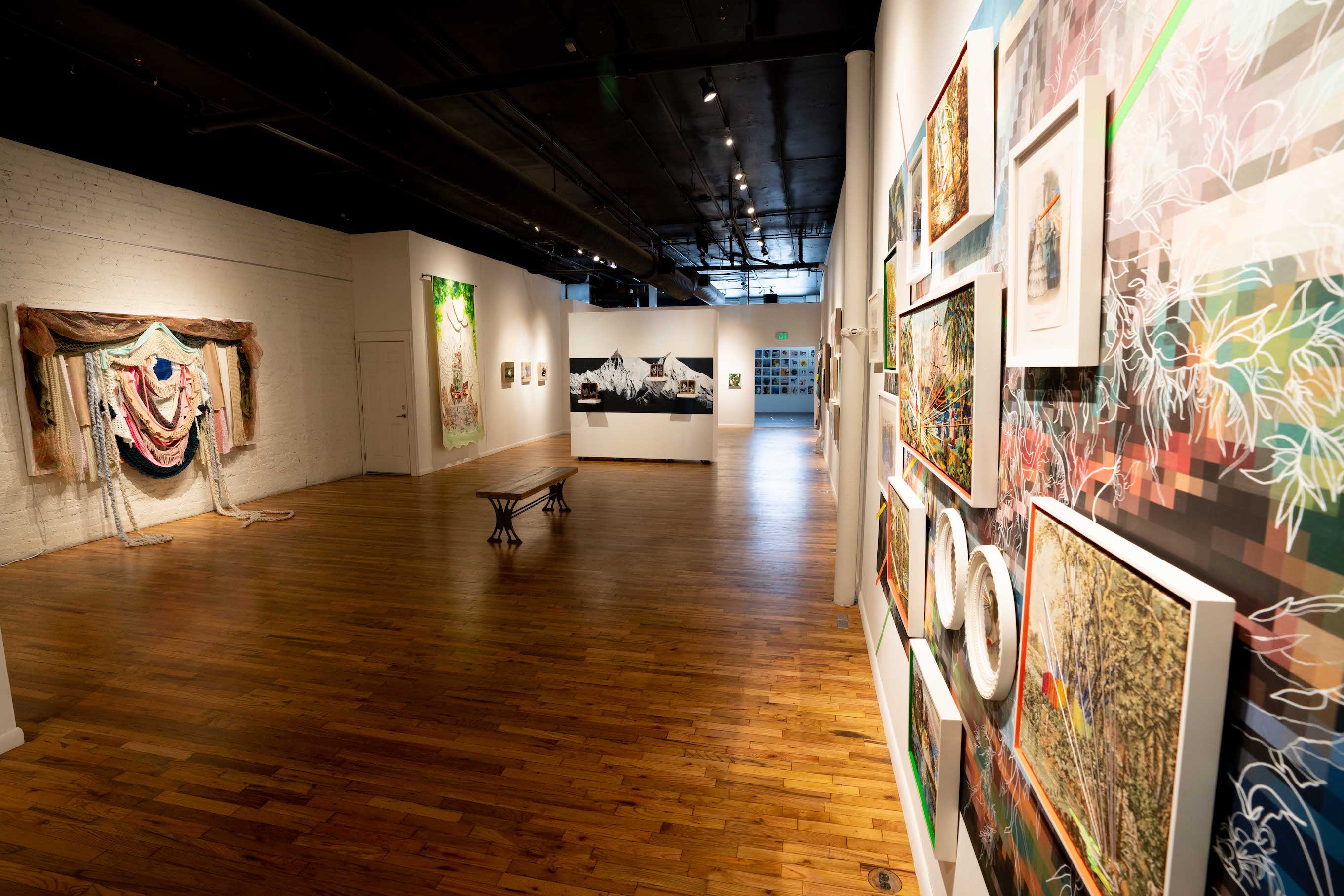
Another example of galleries fusing online and in-person sales is Abend Gallery — who recently relocated to a shared space in downtown with two other galleries, Gallery 1261 and K Contemporary. When Abend Gallery opened in 1990, they were only selling to local collectors. Though they obviously sold enough to stick around for more than a decade, relying solely on a local audience, their move to the online marketplace may have saved them from shutting down during the recession in 2008 and helps them thrive today.
“We’ve been around for many years and promoted ourselves heavily in national magazines, as well as on social media, which has created a large following for us, and thus, been an integral part of our sales increasing online,” Dave Ethridge, co-curator at Abend explained. “My background, while in art, is also in IT and I was always a believer that online shopping would be an integral part of the shopping experience moving forward. Even in the art industry, which had, and still has its skeptics about the viability of selling art online.”
From the looks of it, Abend made a smart business decision to heed Etheridge’s hunch — not only did it kept them afloat during a time when many other galleries couldn’t hold on, it now accounts for 75 percent of their total sales. Because each artist the gallery represents can be inquired about online at any time, the gallery enjoys a more flexible and innovative approach to displaying exhibitions in their brick-and-mortar space.
Ethridge also commented, “I cannot say if Denver lags behind other cities in terms of local sales, but I would say that, from my anecdotal conversations with other galleries, online sales have increased for many galleries across the country, which leads me to believe that this is a global shift in how collectors purchase art, not just something that is occurring in Denver.”
Entirely Online Sales – Not Enough to Take Over… Yet
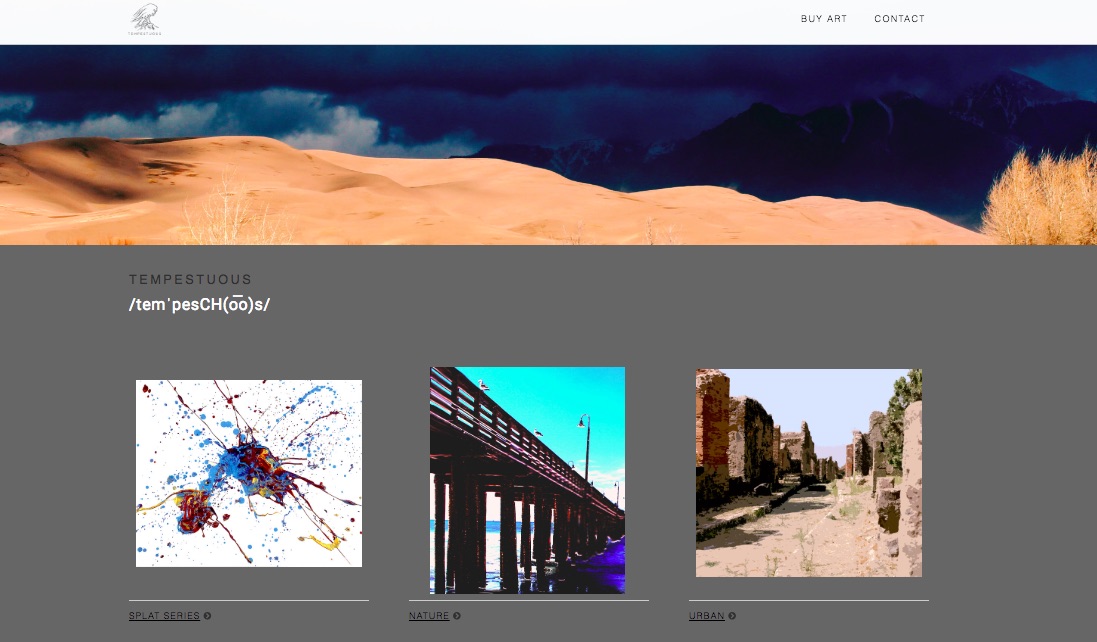
They might represent the minority, but online art galleries are not going away any time soon. Much like the more general retail world, art galleries started moving online in the early 2000’s. According to the Hiscox Online Art Trade Report, online art market sales reached an estimated $4.22 billion in 2017, up 12 percent from the year before. However, the growth rate slowed from previous years, and the number of new online art purchasers dropped. But, existing online art purchasers overwhelmingly made more than one online art purchase last year, widening the scope of design, style and type of art bought digitally.
In the international art world, online marketplaces are not new. Big sites like Artsy and 1stDibs already provide user-friendly platforms for browsing all kinds of art and they connect collectors and buyers to art galleries around the globe. Even more DIY marketplaces — like Etsy — are pioneering the digital art dimension because the demand for handmade items seems to only increase each year.
What all of this means is that people are losing the fear that buying art online is not as safe, reliable or interactive as buying it in person. However, based on the very few galleries that are exclusively online, these statistics impact the galleries in the previous category more — the hybrids. There is only one (that we can find) online art gallery in Denver — Tempestuous. Founded by a lawyer and artist, Tempestuous’ platform offers originals and prints with a variety of framing or mounting options. Organized into three categories — urban, nature and ‘splat series’ — and all created by the same artist, Tempestuous’ stock is limited compared to other galleries in Denver. But, the backbones are there and it’s easy to see how easy buying art online can be.
One thing that Tempestuous also exemplifies is the synchronized evolution of digital art sales and transparent art prices and valuation. When perusing Tempestuous’ store, not only are the prices easily accessible (meaning you don’t have to email someone or submit an “inquiry”) — they are customizable. Purchasers can choose one of a few select sizes, as well as how to mount or frame it. Some might argue that this kind of tinkering on the buyers’ side creates a stifling creative atmosphere — that buyers shouldn’t have any say in how the art is made, they should like what the artist created or leave it. Others might argue that this kind of pricing system and way of creating art is a survival mechanism in a world where “starving artist” is a common turn of phrase.
–
READ: Two Denver Artists Are on a Mission to Paint 7,000 Affordable Portraits
–
Ethridge, of Abend, explained, “I don’t think we will ever have a situation where all art galleries will be online only. I do, however, feel that art galleries moving to online only isn’t just a fad, but a trend, i.e. we will continue to see a change in the art gallery business model and online galleries will become more common moving forward.”
–
—
While the overall consensus leads toward an understanding that brick-and-mortar art galleries aren’t disappearing, it also exposes an interesting change of pace for them. Instead of gallerists and curators searching for artists who will attract buyers and collectors locally, the entire world is opening as a potential market, leading to more representation of offbeat, emerging and experimental artists. For Denver, this might mean more contemporary or new age art is represented by galleries — something that will attract in-person viewers locally and out-of-town sales digitally.
And though at first, we were more than skeptical about purchasing art online, it’s hard to argue with a system that is allowing almost 100 galleries to operate within city limits. If that’s what the rise of digital art sales supports, we say “Denver, bring on the digital revolution.”
–





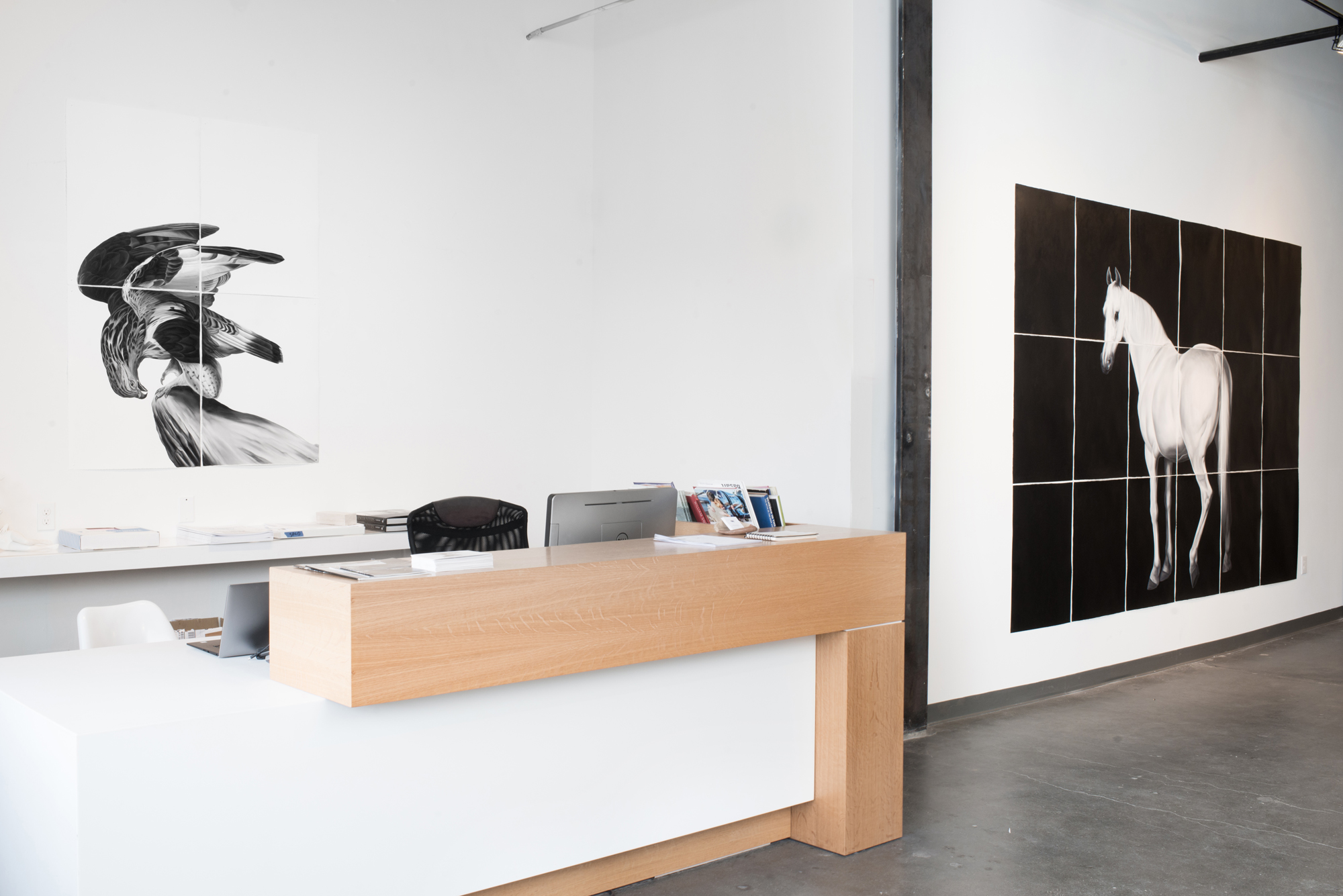
There is another online art gallery in Denver. It is a nonprofit called http://www.GivingArtist.org. The artists are paid as if they were hanging in a regular gallery but all of the proceeds are they donated to deserving nonprofits. Everyone wins.